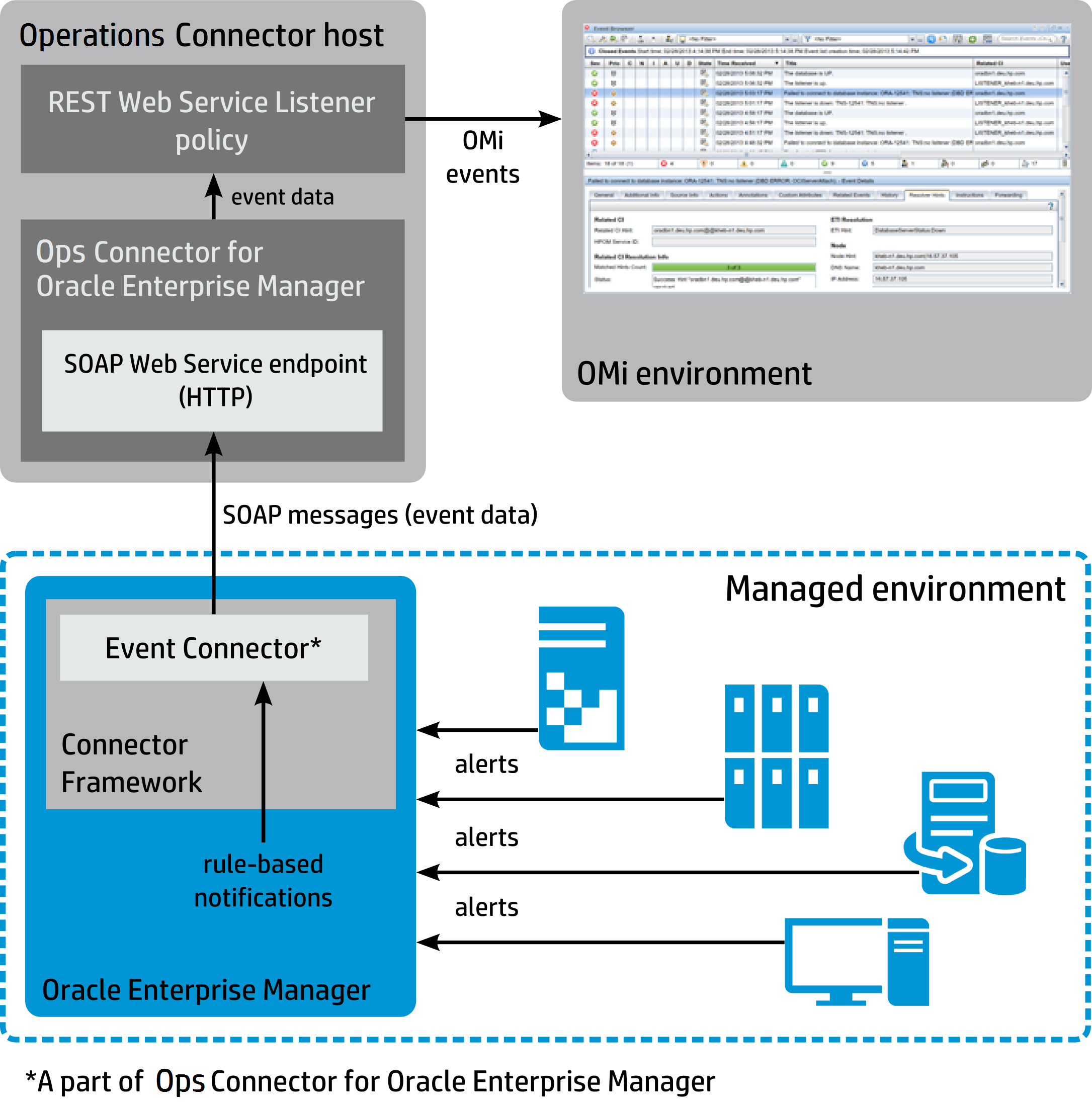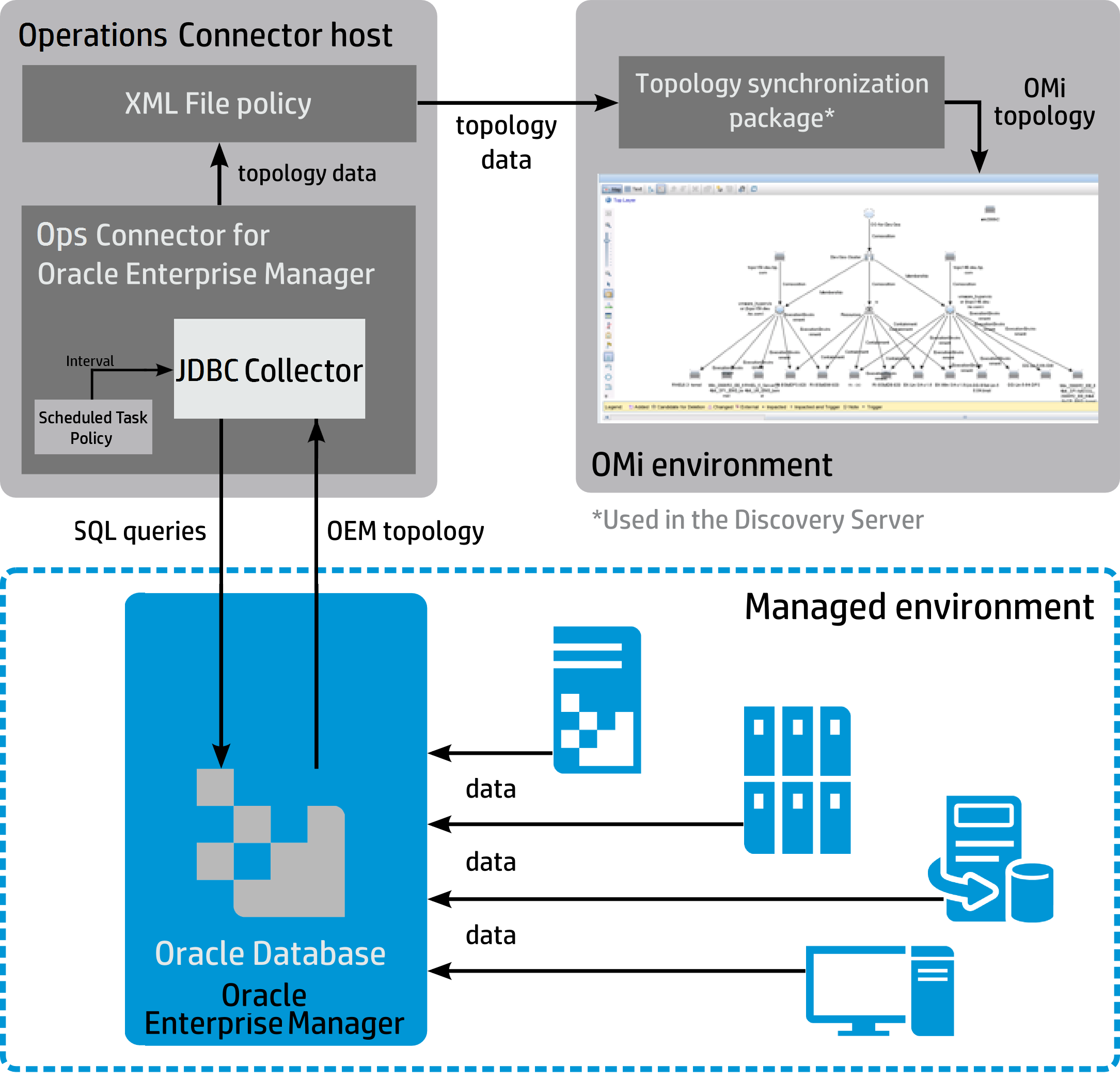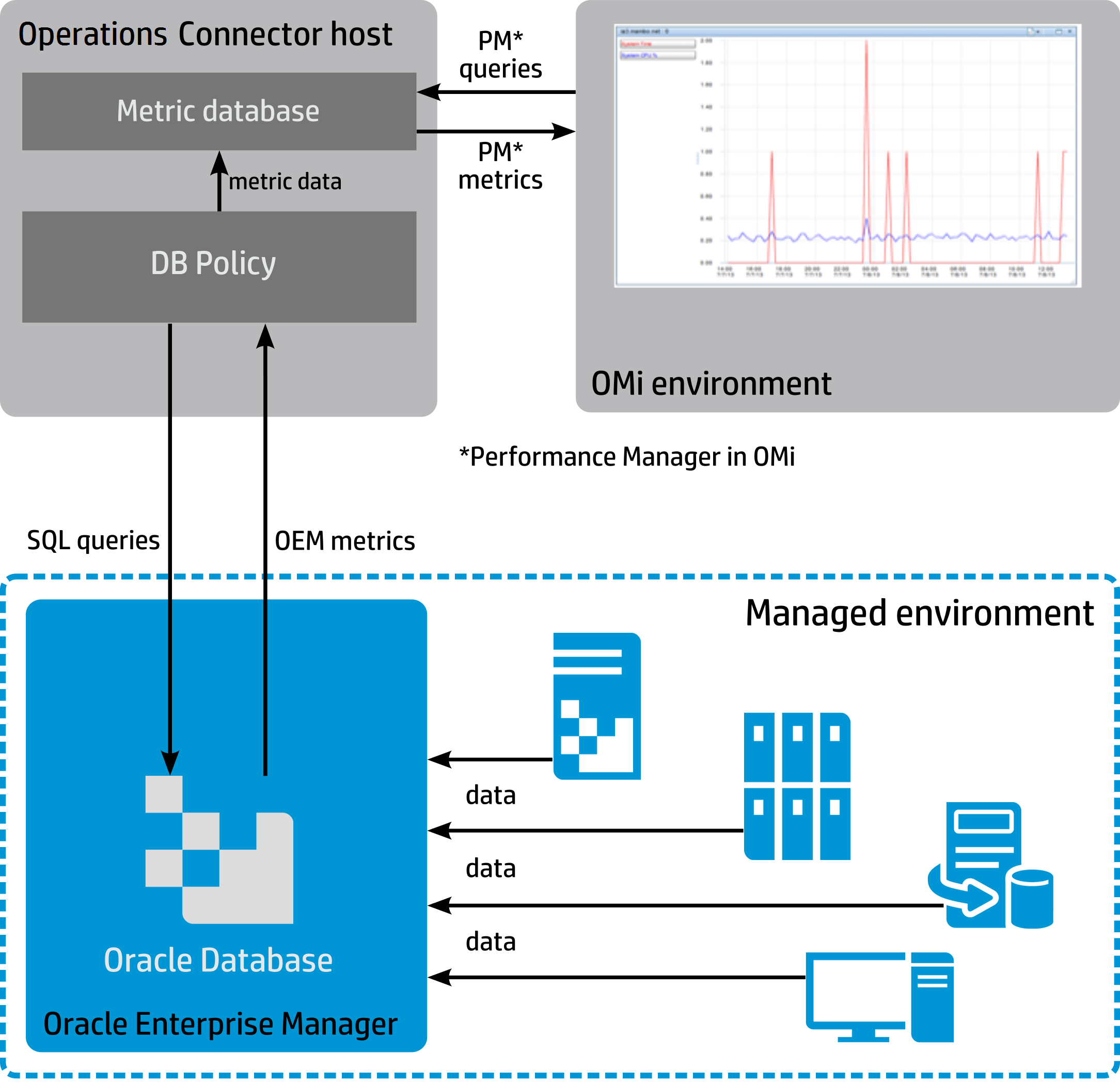Searching the Help
To search for information in the Help, type a word or phrase in the Search box. When you enter a group of words, OR is inferred. You can use Boolean operators to refine your search.
Results returned are case insensitive. However, results ranking takes case into account and assigns higher scores to case matches. Therefore, a search for "cats" followed by a search for "Cats" would return the same number of Help topics, but the order in which the topics are listed would be different.
| Search for | Example | Results |
|---|---|---|
| A single word | cat
|
Topics that contain the word "cat". You will also find its grammatical variations, such as "cats". |
|
A phrase. You can specify that the search results contain a specific phrase. |
"cat food" (quotation marks) |
Topics that contain the literal phrase "cat food" and all its grammatical variations. Without the quotation marks, the query is equivalent to specifying an OR operator, which finds topics with one of the individual words instead of the phrase. |
| Search for | Operator | Example |
|---|---|---|
|
Two or more words in the same topic |
|
|
| Either word in a topic |
|
|
| Topics that do not contain a specific word or phrase |
|
|
| Topics that contain one string and do not contain another | ^ (caret) |
cat ^ mouse
|
| A combination of search types | ( ) parentheses |
|
Oracle Enterprise Manager
Operations Connector for Oracle Enterprise Manager (Ops Connector for OEM) integrates Oracle Enterprise Manager (OEM) and Operations Manager i (OMi) so that the gathered systems management data about the events, topology, and metrics in an OEM environment is made available to the OMi solution. Such data can then be monitored and processed properly within OMi. Ops Connector for OEM enables you to establish a link between an OEM environment and operations management in OMi.
For a list of the OEM release versions that Ops Connector for OEM supports, see Supported Systems Management Applications topic. For information about OEM, its individual releases and their features, see the documentation on the Oracle web site.
Product Concepts
Ops Connector for OEM is a product complementary to Operations Connector. It enhances Operations Connector to provide the following functionality:
-
Collection of OEM alerts (events), monitored targets (topology), and performance data (metrics) from an OEM environment
While events are forwarded by Event Connector installed on the OEM host, topology and metrics are retrieved from the OEM database.
-
Mapping of the collected data to an OMi-compliant form
-
Customization of the data collection and data mapping
Deployment options for Ops Connector for OEM are bound by Operations Connector. While both must be installed on the same system, remote monitoring capability of Operations Connector enables the applications to reside on a dedicated integration server. In such a setup, the processing, memory, and storage resources of the OEM host are burdened to a lesser degree.
The central component of Ops Connector for OEM is the Generic Integrator module (GenInt). It provides common functionality for integrating Operations Connector and other third-party systems, storage, or infrastructure management application.
The collection, processing, and mapping of events, topology, and metrics can be configured in detail as part of advanced configuration of Ops Connector for OEM.
Event Collection and Forwarding
For integration of OEM events, Event Connector, a component of Ops Connector for OEM, needs to be installed on the OEM host and registered with OEM. Afterward, it can be used as a notification method1A type of mechanism for sending notifications about alerts, policy violations, job status changes, and other conditions in an Oracle Enterprise Manager environment.
Examples of notification methods are e‑mail, SNMP trap, and custom script. in OEM. This notification method can be assigned to specific OEM notification rules2A construct
that defines the notification target and the condition when the notification should be sent from Oracle Enterprise Manager. Each administrative user account can have its own set of notification rules defined. to send alerts (availability alerts, metric alerts, and so on) to Operations Connector. Notification rules exactly define which data is sent out. Event Connector uses the createEvent and updateEvent operations to report new events and event updates to Operations Connector. These messages are received by the reportMonitorData endpoint of Ops Connector for OEM.
Ops Connector for OEM makes OEM events available to OMi as follows3 The process is repeated regularly.:
-
Events are collected from OEM through the following pipeline: Connector Framework in OEM
> Event Connector of Ops Connector for OEM > SOAP Web Service endpoint in Ops Connector for OEM > REST Web Service listener of Operations Connector. -
The collected events are mapped with an Operations Connector policy of the
REST Web Service Listenertype, and then forwarded to OMi.Each event is tested if it matches some rule in the policy. If it does, the event is mapped accordingly. To ensure all events are mapped, there are six generic rules at the end of the rule list:
-
A rule that matches events originating from database instances (an OEM target type)
-
A rule that matches events originating from pluggable database instances (an OEM target type)
-
A rule that matches events originating from listeners (an OEM target type)
-
A rule that matches events originating from WebLogic server (an OEM target type)
-
A rule that matches events originating from j2eeapplication (an OEM target type)
-
A rule that matches all events
-
Figure 1. Architectural overview of the OEM event integration with OMi

Topology Collection and Forwarding
Ops Connector for OEM makes OEM topology available to OMi as follows4The process is repeated regularly.:
-
Topology structures are collected from OEM with a series of SQL queries to the OEM database by using Java Database Collector (JDBCollector).
-
In Ops Connector for OEM, the collected topology data is preprocessed with Java using Scheduled Task policy.
-
The preprocessed topology data is mapped by using an Operations Connector policy of the
XML Filetype, and then forwarded to OMi.
Figure 2. Architectural overview of the OEM topology integration with OMi

OEM topology structure is mapped to an equivalent structure in OMi RTSM. The topology structure is constructed from three topology entity types:
-
Configuration items (CIs) (targets in OEM)
-
CI attributes (target attributes)
-
Relations between CIs (relations between targets)
Note: When the targets corresponding to the CIs in OMi are removed from the OEM-managed infrastructure, the removal is not reflected in OMi even after the next topology collection query is executed by Ops Connector for OEM. Such CIs remain present in OMi forever. The issue is a consequence of a limitation in Operations Connector and OMi
In scope of topology collection, Ops Connector for OEM also acquires and forwards OEM identification data to OMi. In consequence, Oracle Enterprise Manager is presented in the OMi web interface as the origin of the collected topology data.
Metric Collection and Forwarding
Ops Connector for OEM makes OEM metrics available to OMi as follows5 The process is repeated regularly.:
-
Metrics structures are collected from OEM with an SQL query to the OEM database through a JDBC interface supported by the DB Policy.
-
The metrics collected using the SQL Query are mapped to fields understood by the Operations Agent within the DB Policy.
-
The stored metrics are queried from the performance perspective of OMi through Operations Agent provided interfaces.
Figure 3. Architectural overview of the OEM metric integration with OMi

Integration with OMi adheres to the general principle that only alerts should impact the health state of a CI. Therefore, collected metric values do not directly affect the health state of a CI in OMi. The state can be determined by means of the CI hint.
The metrics collected and mapped by the metric integration are shown in the Performance Perspective view of the OMi web interface. With the help of graph templates provided by Ops Connector for OEM, they are visually presented in the OMi web interface at:
For OMi 10.01:
Workspaces > Operations Console > Performance Perspective > Performance > Graphs
For OMi 10.10 or later:
Workspaces > Operations Console > Performance Perspective > Performance
Related topics
We welcome your comments!
To open the configured email client on this computer, open an email window.
Otherwise, copy the information below to a web mail client, and send this email to ovdoc-asm@hpe.com.
Help Topic ID:
Product:
Topic Title:
Feedback:





